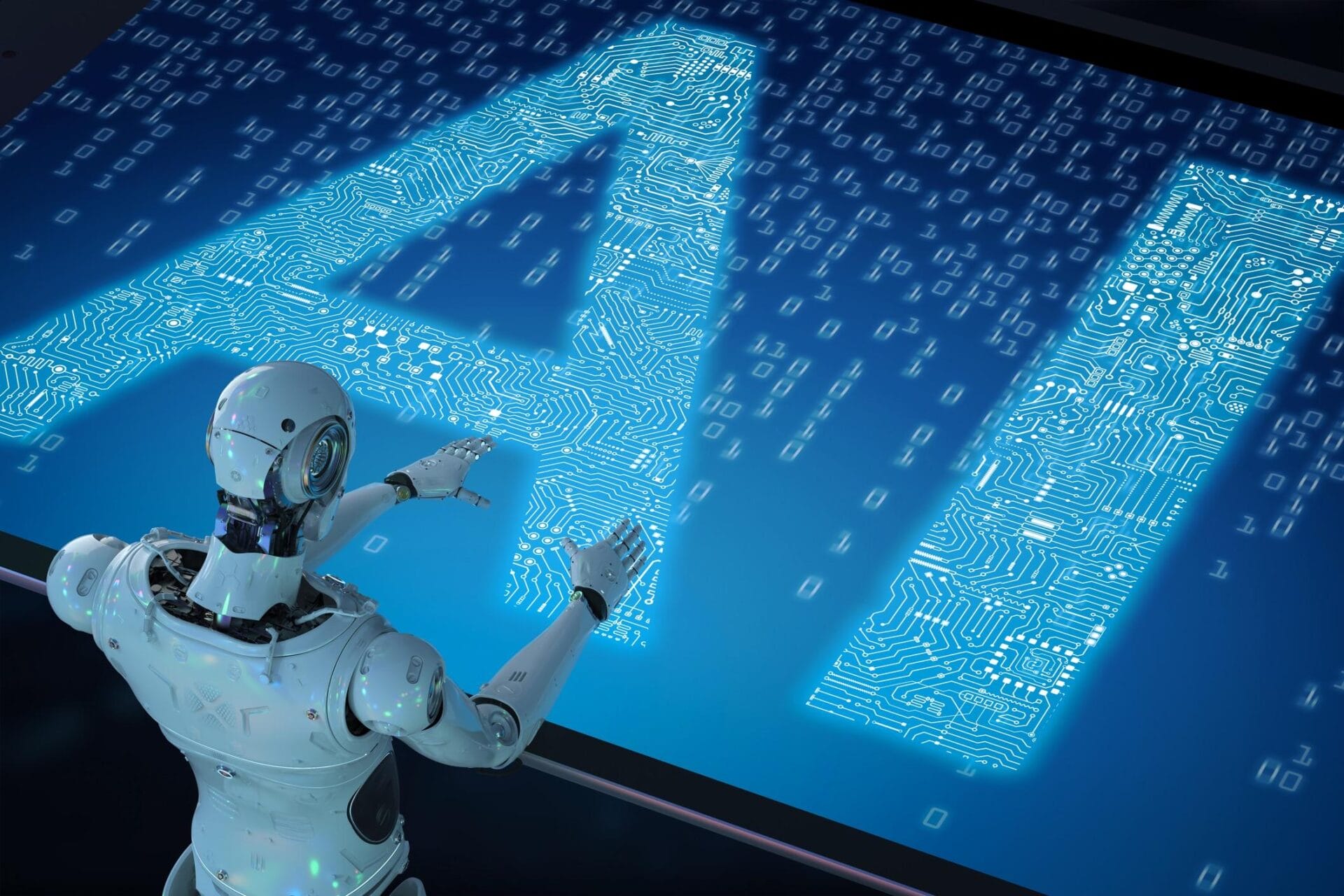In a world where digital threats loom large and cyber attacks are becoming increasingly sophisticated, a new defender has emerged on the front lines of cybersecurity – artificial intelligence. With its ability to analyze vast amounts of data, detect anomalies, and respond quickly to potential threats, AI is revolutionizing the way we protect our digital assets. Join us as we explore the role of artificial intelligence in enhancing cybersecurity and learn how this cutting-edge technology is changing the game for defenders in the digital age.
Heading 1: Leveraging Machine Learning for Threat Detection and Anomaly Detection
With the advancement of technology, the utilization of machine learning in cybersecurity has become increasingly crucial. By employing sophisticated algorithms, threat detection and anomaly detection can be significantly enhanced. This proactive approach allows organizations to stay one step ahead of cyber threats, minimizing potential damages and protecting sensitive data.
Machine learning algorithms have the ability to continuously learn and adapt to new threats, making them highly effective in identifying patterns that may indicate malicious activity. By leveraging artificial intelligence in cybersecurity operations, organizations can strengthen their defense mechanisms and improve overall cyber resilience. This strategic use of technology not only enhances security protocols but also empowers organizations to detect and respond to threats in real-time, ensuring a more secure digital environment.

Heading 2: Enhancing Incident Response Through AI-Driven Automation
Artificial Intelligence (AI) has revolutionized the field of cybersecurity by enhancing incident response through automation. By utilizing AI-driven technologies, organizations can now detect, respond to, and mitigate cybersecurity threats more effectively and efficiently. With the ability to analyze vast amounts of data in real-time, AI algorithms can identify patterns and anomalies that might go unnoticed by human analysts, enabling quicker incident response times and reducing the risk of potential breaches.
One of the key advantages of AI-driven automation in incident response is its ability to adapt and learn from past incidents. By continuously analyzing and learning from historical data, AI systems can improve their accuracy and effectiveness over time. Additionally, AI automation can help alleviate the burden on cybersecurity teams by handling repetitive tasks, allowing human analysts to focus on more strategic and complex security challenges. Through this combination of AI-driven automation and human expertise, organizations can significantly enhance their overall cybersecurity posture and better protect their sensitive data and assets from evolving threats.

Heading 3: Utilizing AI in Predictive Analysis for Proactive Security Measures
Utilizing artificial intelligence (AI) in predictive analysis has revolutionized the way organizations approach cybersecurity. By leveraging AI algorithms and machine learning capabilities, companies can now proactively identify potential security threats before they escalate into full-blown cyberattacks. This proactive approach not only helps in preventing data breaches and safeguarding sensitive information but also minimizes the impact of potential security incidents.
One of the key benefits of incorporating AI in predictive analysis for security measures is the ability to analyze vast amounts of data in real-time. AI-powered tools can continuously monitor network activities, detect anomalies, and predict potential security breaches with a high level of accuracy. This enables organizations to stay one step ahead of cybercriminals and take necessary precautions to strengthen their defense mechanisms. Additionally, AI can automate repetitive tasks, freeing up cybersecurity professionals to focus on more strategic initiatives, further enhancing the overall security posture of an organization.

Heading 4: Recommendations for Implementing AI in Cybersecurity Strategies
When it comes to implementing AI in cybersecurity strategies, there are several key recommendations to take into consideration. Firstly, organizations should invest in AI-powered tools and technologies that can analyze vast amounts of data in real-time to detect and respond to cyber threats quickly and effectively. By leveraging AI, companies can automate routine security tasks, such as malware detection and network monitoring, freeing up security personnel to focus on more strategic initiatives.
Secondly, it is crucial for organizations to continuously train their AI systems to keep up with evolving cyber threats. This can be done by feeding the AI system with new threat intelligence data and using machine learning algorithms to improve its detection capabilities over time. By staying proactive and adaptive, businesses can stay one step ahead of cybercriminals and protect their valuable assets from potential breaches.
Key Takeaways
As artificial intelligence continues to evolve and advance, its role in enhancing cybersecurity will only become more crucial. By harnessing the power of AI, organizations can stay one step ahead of cyber threats and protect their valuable data and systems. As we look to the future, it is clear that AI will play a pivotal role in keeping our digital world safe and secure. Embracing this technology and incorporating it into our cybersecurity strategies will be essential for success in the ever-evolving landscape of cyber threats. Let us continue to explore the possibilities that AI offers in safeguarding our digital world.

